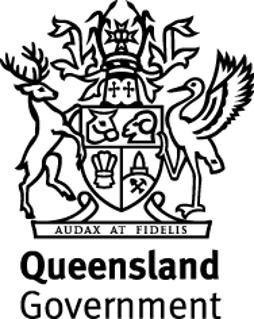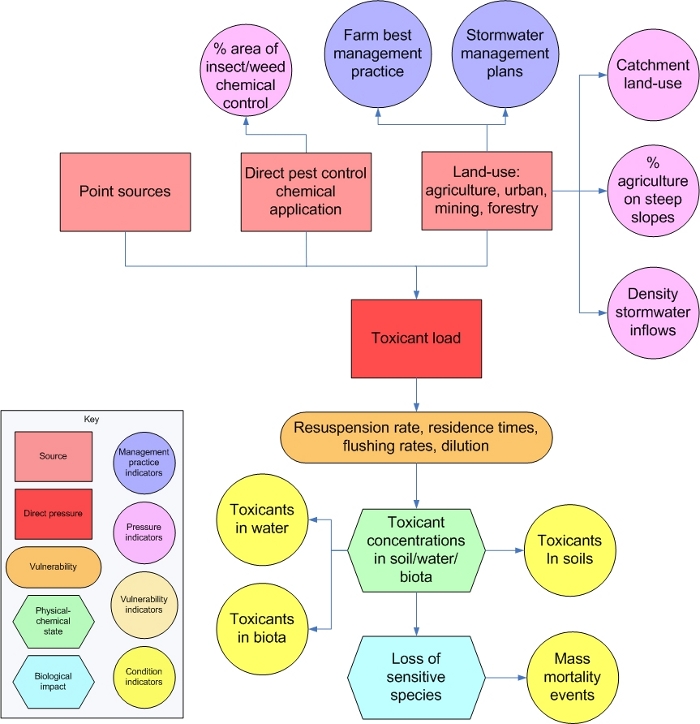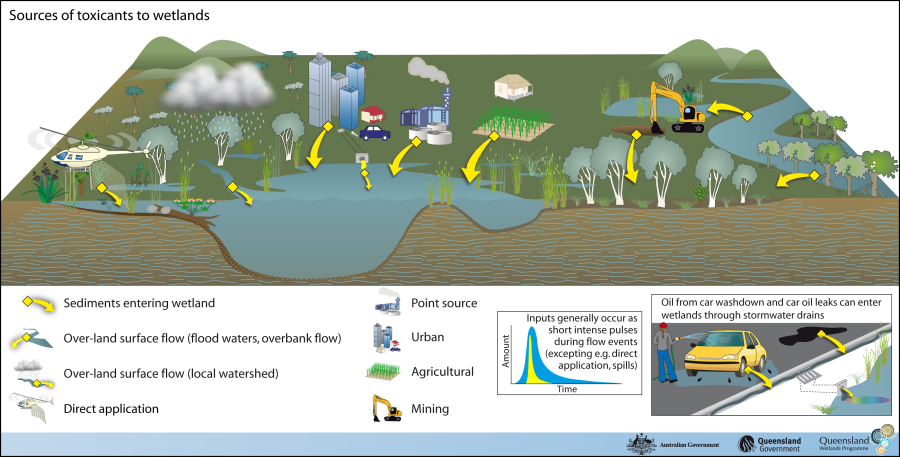|
|
Toxicants – PressuresToxicants – PressuresFlow chart showing the major elements associated with toxicant management
Click on elements of the flow chart or select from the tabs below
Last updated: 22 March 2013 This page should be cited as: Department of Environment, Science and Innovation, Queensland (2013) Toxicants – Pressures, WetlandInfo website, accessed 8 May 2025. Available at: https://wetlandinfo.des.qld.gov.au/wetlands/management/pressures/lacustrine-palustrine-threats/toxicants/pressure.html |

 — Department of the Environment, Tourism, Science and Innovation
— Department of the Environment, Tourism, Science and Innovation




